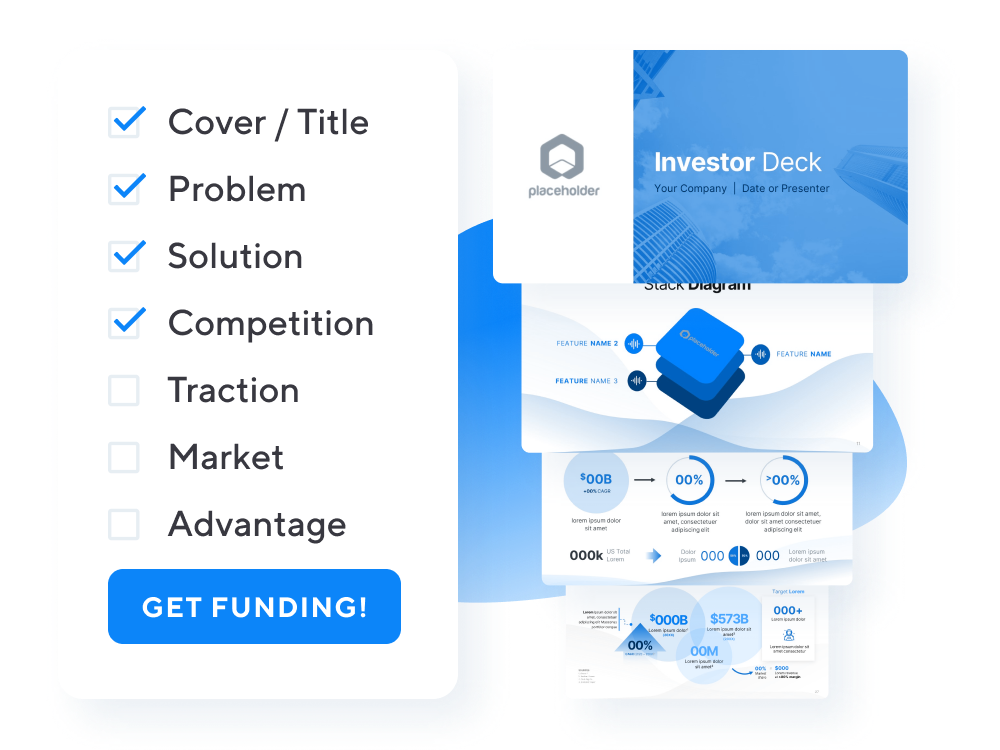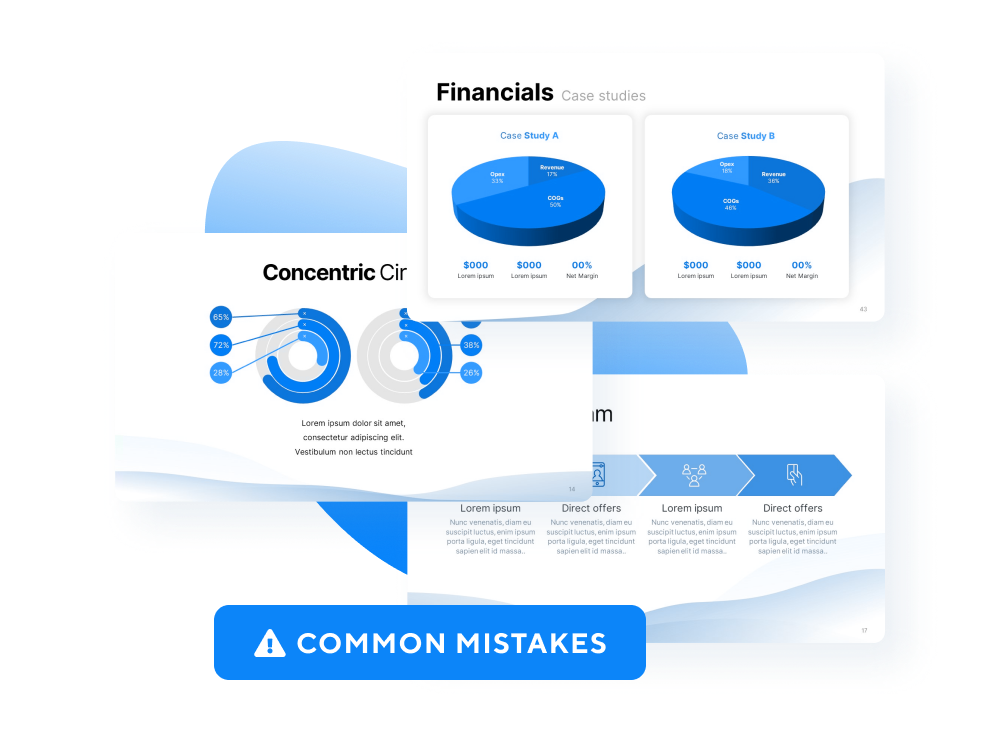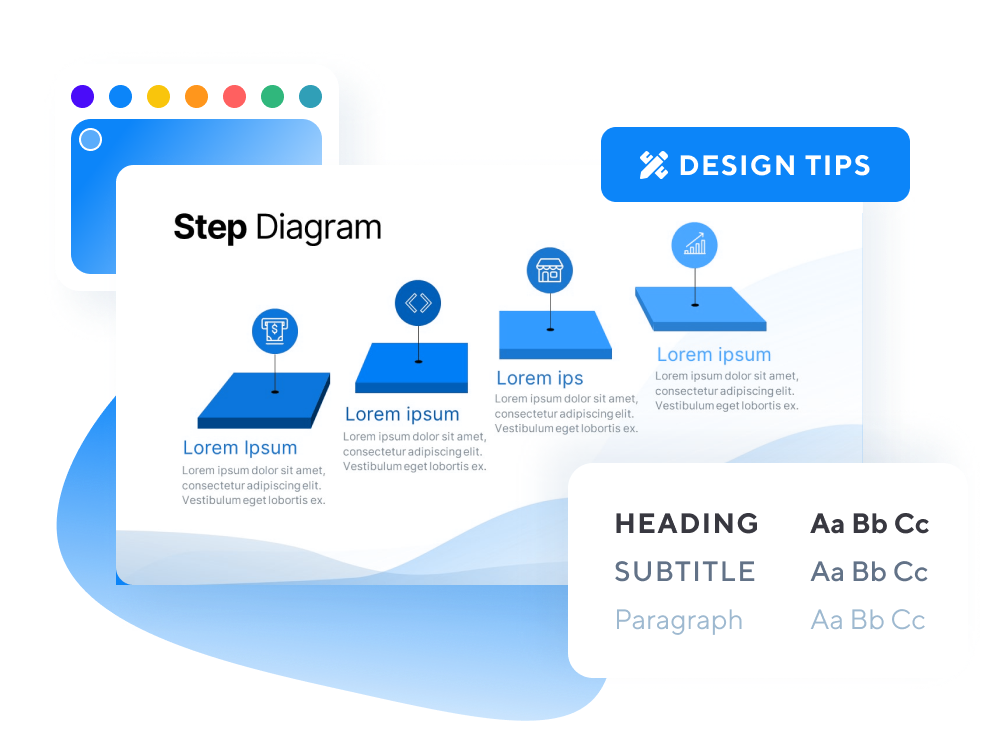Investment / Ask Slide
Learn how to build a winning investment slide for your pitch deck with this step-by-step guide.
Learn how to build a winning investment slide for your pitch deck with this step-by-step guide.
At the end of the day, the primary purpose of every pitch deck is to raise funds. Accordingly, every pitch deck should conclude with a clear ask slide. The goal of this slide is to describe why you are seeking investment and what you want to do with that money over time. Prospective investors should be able to comprehend not only the amount of funding you’re seeking but also how this funding will generate value in the form of product milestones, customer wins, and revenue growth.
The ask slide frequently includes a breakdown of the “Use of Funds” – generally categorized by high-level accounting category (e.g. $x for product development, $y for marketing, $z for general & administrative). Although your funds allocation is helpful for investors to understand why you’re raising funding, a simple yet effective alternative is outlining the growth & development objectives that the funds will help achieve.
Follow along with this brief guide for what you should include in your pitch deck’s investment slide:




The best investment slides make a clear case for how the funding sought will help the startup achieve key milestones, with a clear timeline for goals and growth. Depicting the path to profitability or the next round is often plenty sufficient in lieu of a complicated use of funds breakdown.
Below are some examples of winning investment slides from pitch decks for household names like Airbnb, Uber, and Sequoia Capital:
Build your investor presentation with the pitch deck template created by the experts behind Fortune 100 companies & Y-Combinator alums – trusted by hundreds of founders.